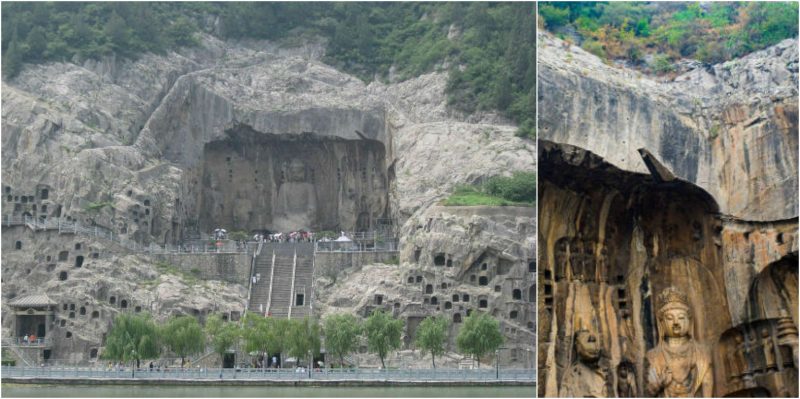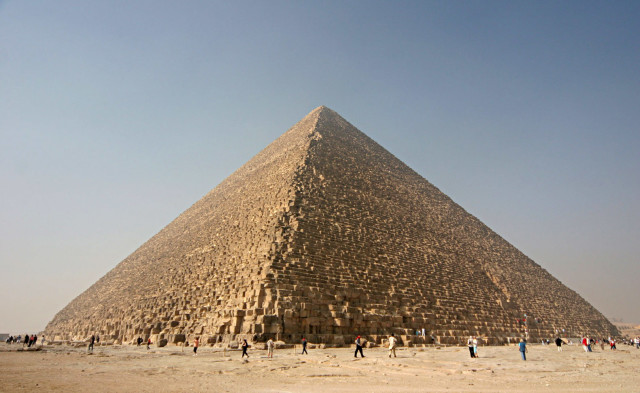Each year, the list of the Seven Wonders of the World is revealed to the public. Some of those landmarks have been on the list for years, even decades, whereas others are brand new.
Only one of the Seven Wonders of the ancient world is intact today. The Royal Cave Temple is part of the renowned Longmen Grottoes in Henan Province, China. Just a few months ago, reports revealed that for the first time in decades, the cave will finally be open to the public.
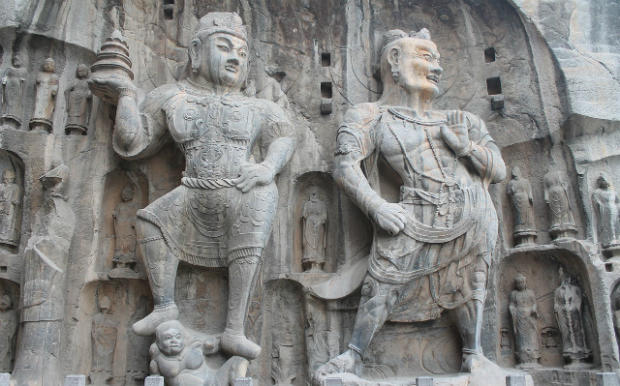
The Longmen Grottoes are considered a testament to human creativity and dedication. Over 1,000 years ago, artists had carved more than 2,300 caves and niches in a limestone cave stretching less than a mile long. Tucked and carved into those grottoes are 110,000 Buddhist statues, which represent nearly 150 years of religious and artistic history.
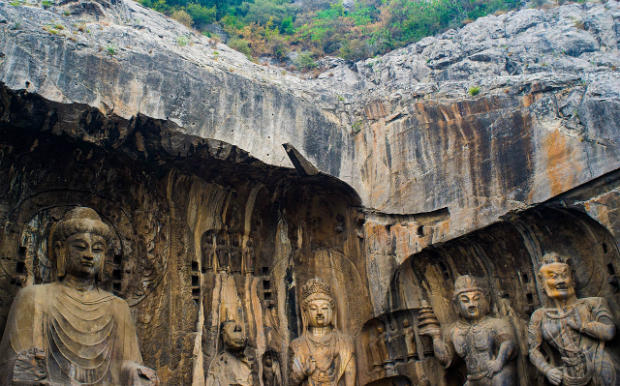
Considering just how many people have been visiting the ancient site and the site’s exposure to the elements, the grottoes have remained well-preserved. There is one exception, though, and that is the hidden Royal Cave Temple, also known as the Kan Jing temple.
The legends of the hidden temple reveal that it is a cave that contains rare artifacts that span several dynasties. It measures about 30 feet high, 33 feet deep, and 34 feet wide. The Kan Jing Temple is the largest grotto in the mountain.
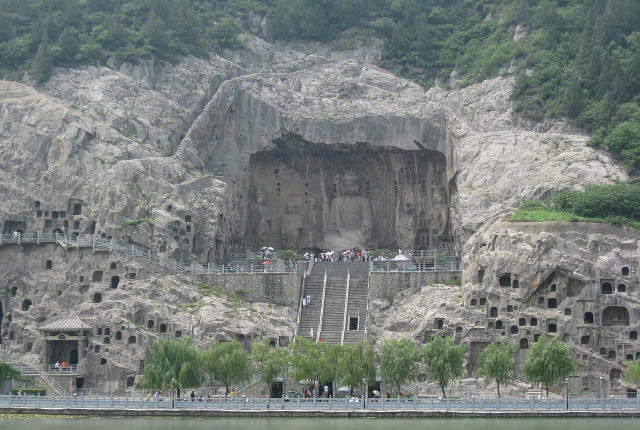
Historians believe that the cave was first carved during the Tang Dynasty, which reigned during the years of 618 to 907 CE. This was meant to be an imperial shrine for the Empress Wu Zetian, and later her grandson, the Emperor Li Longji.
The temple, unfortunately, was destroyed during the chaos of the Chinese Cultural Revolution in the 1960’s and 70’s. Archaeologists have been working to restore the cave and its treasures ever since. They have even gone so far as replacing the temple’s primary statue.
As stated above, there are Seven Wonders of the World. Here they are with a little history about them:
-
Great Pyramid of Giza
This pyramid is the oldest and largest of the three in Giza. Archaeologists believe that the pyramid is tied to the fourth dynasty Egyptian Pharaoh Khufu. They also believe that the pyramid was built as a tomb over a 10-year period, finally being completed in 1560 BC. It measures 481 feet high and was the tallest man-made structure in the world for more than 3,800 years.
-
Hanging Gardens of Babylon
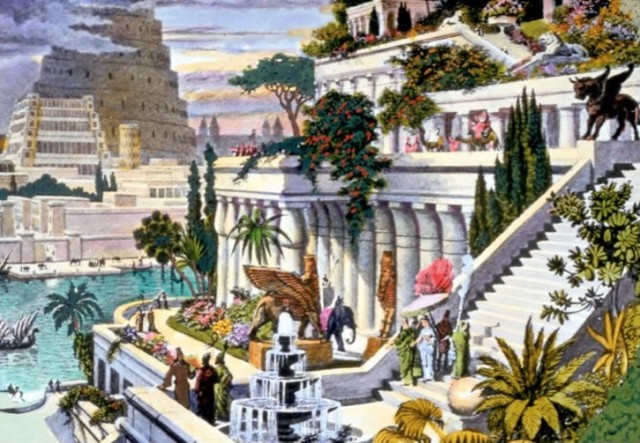
This hand-coloured engraving, probably made in the 19th century after the first excavations in the Assyrian capitals, depicts the fabled Hanging Gardens, with the Tower of Babel in the background.Source
These gardens were a distinctive feature in Babylon and brought a lot of pride to the people. It is believed that they were built by King Nebuchadnezzar II in 600 BC. The gardens are a great engineering feat, ascending in a series of tiered gardens all consisting of trees, shrubs, and vines.
-
Statue of Zeus at Olympia
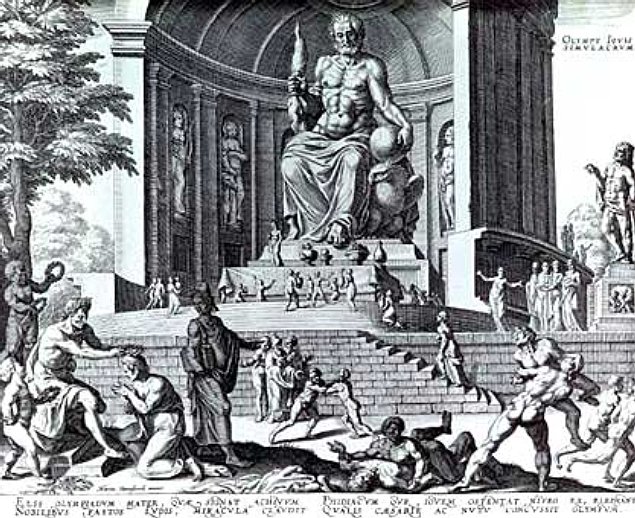
A fanciful reconstruction of Phidias’ statue of Zeus, in an engraving made by Philippe Galle.Source
This statue was a giant, seated figure that measured about 43 feet tall. It was made by the Greek sculptor Phidias around 435 BC at the sanctuary of Olympia, Greece and erected in the Temple of Zeus. A sculpture of ivory plates and gold panels hanging over a wooden framework, representing the god Zeus. The sculpture was destroyed during the 5th Century AD.
-
Temple of Artemis at Ephesus
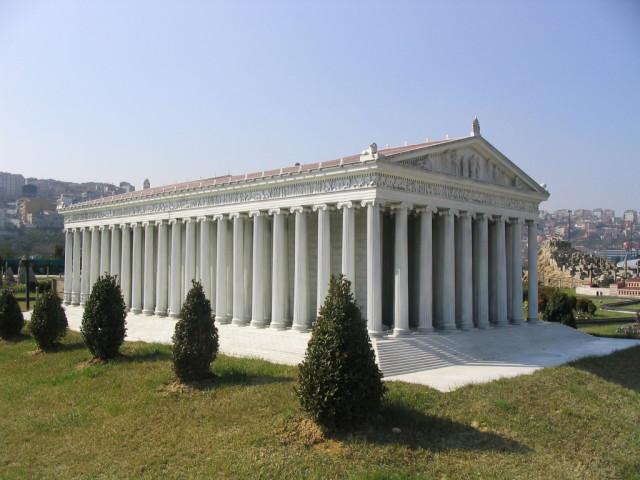
Temple of Artemis, at Miniatürk Park, Istanbul, Turkey,Source
This temple is also known as the Temple of Diana. It was a Greek temple that was dedicated to the goddess Artemis. It was located in Ephesus, which is now in the town of Selcuk, Turkey. This temple was actually rebuilt three times before it was finally destroyed in 401 AD. Only parts of the foundation and sculpture remain at the site.
-
Mausoleum at Halicarnassus
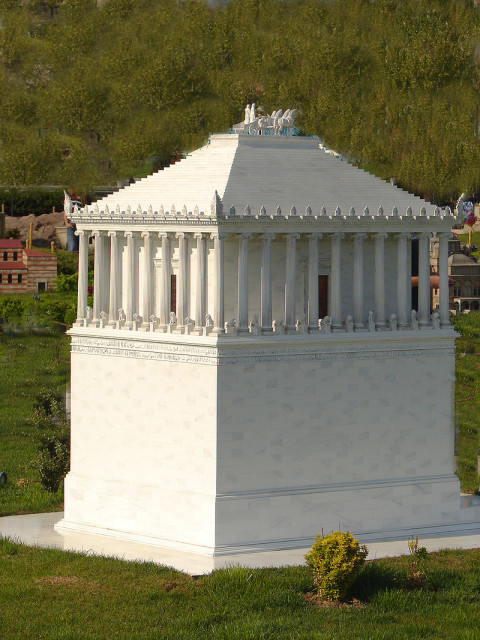
Mausoleum.Source
This tomb was built between the years of 353 and 350 BC in present-day Bodrum, Turkey. It was built for Mausolus, a satrap in the Persian Empire, and his sister-wife Artemisia II of Caria. It was designed by the Greek architects Satyros and Pythius of Priene. It was about 148 feet in height and all four sides had sculptural reliefs, each one created by the four Greek sculptors Leochares, Bryaxis, Scopas of Paros, and Timotheus. It was destroyed by earthquakes from the 12th to the 15th Century.
-
Colossus of Rhodes
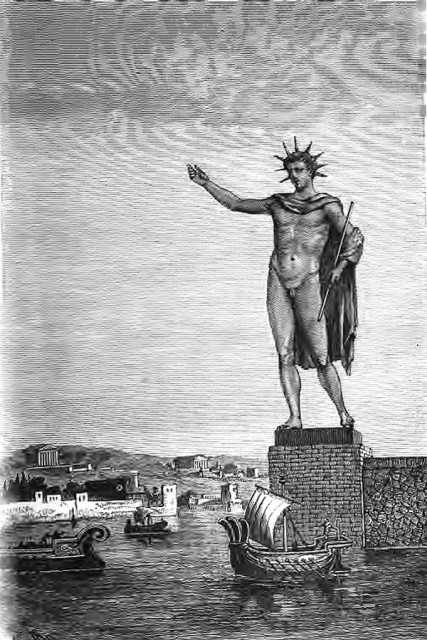
The Colossus of Rhodes, as depicted in an artist’s impression of 1880.Source
This was a statue of the Greek titan-god of the sun Helios erected in the city of Rhodes, on the Greek island of the same name. It was built by Chares of Lindos in 280 BC to celebrate Rhodes’ victory over the ruler of Cyprus, Antigonus I Monophthalmus after Monophthalmus’ son had besieged Rhodes in 305 BC. The structure stood over 98 feet before being destroyed by an earthquake in 226 BC.
-
Lighthouse of Alexandria
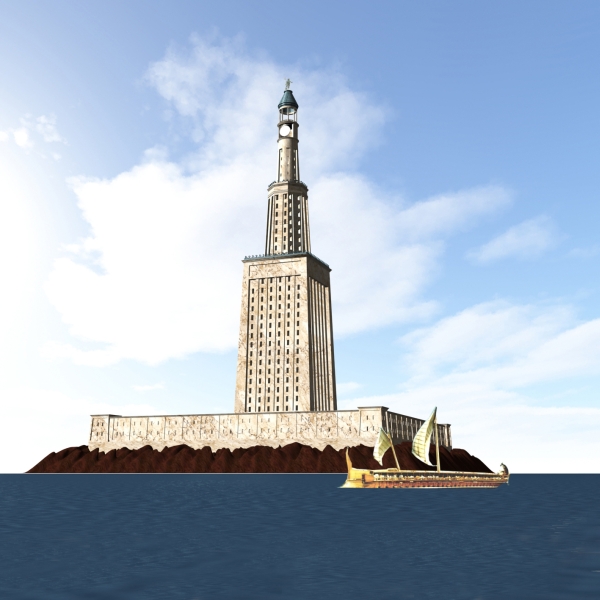
Three-dimensional reconstruction based on a comprehensive 2006 study>Source
This is sometimes called the Pharos of Alexandria. It was a lighthouse built by the Ptolemaic Kingdom around 280 and 247 BC. It would have originally measured between 393 to 450 feet tall, but it was badly damaged by three earthquakes between 956 and 1323 AD and eventually became an abandoned ruin. In 1480, the remaining stones were used to build the Citadel of Qaitbay on the site.
Source: http://mentalfloss.com/article/75978/chinas-hidden-cave-temple-will-soon-be-open-public
